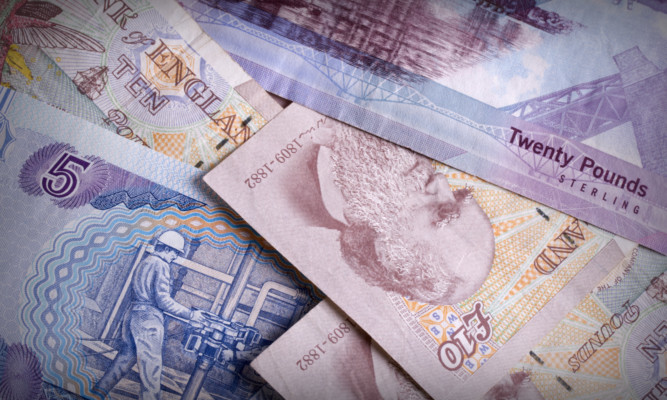The case for comprehensive and transparent reporting of public finances in Scotland has never been stronger, according to a new report from the public spending watchdog.
Audit Scotland has published an update on the Scottish Government’s progress to develop its financial reporting ahead of new devolved taxes and borrowing powers coming into force in April.
Further powers will also come to Holyrood as a result of the Smith Commission, which has recommended that the Scottish Parliament should look to expand and strengthen the independent scrutiny of public finances.
Auditors found that the Government has a good record of financial management and has continued to improve and develop its financial reporting framework since Audit Scotland’s last report in the area in July 2013.
In 2014 the Scottish Government set up an independent body, the Scottish Fiscal Commission, to scrutinise and report on tax forecasts included in its draft budget for 2015/16.
It intends to establish the commission on a statutory basis by bringing forward legislation in 2015/16.
The Government has previously indicated the commission could perform a broader role similar to that of the Office for Budget Responsibility (OBR), which provides independent tax forecasts for the UK Government.
Caroline Gardner, Auditor General for Scotland, said: “Scotland’s public finances are on the cusp of significant change, at a time when services are facing considerable pressures from falling budgets and increasing demand.
“A transparent financial reporting framework to support these changes is more important than ever to safeguard public confidence and ensure accountability.
“This position was echoed by the Smith Commission in its recommendation that the Scottish Parliament should expand and strengthen independent financial scrutiny to support further devolution.
“It’s encouraging that the Scottish Government has recognised the benefits of having a full picture of the public sector’s financial position and we welcome their efforts to build upon good practice to continue developing their financial reporting.
“The next step for the Scottish Government should be setting out details of how it proposes to improve and enhance its financial reporting.”
Holyrood’s Public Audit Committee convener Paul Martin said: “This report confirms that the accountability role of the Scottish Parliament needs to keep pace with further devolution of powers.
“The committee is currently asking for views on the Parliament’s scrutiny role in relation to further devolution but we will want to explore with the Auditor General for Scotland how the Scottish Government is ensuring that the financial information it provides is comprehensive, reliable and open to proper parliamentary scrutiny.”
